Home>Home Appliances>Bathroom Appliances>How To Use A Sliding Weight Scale


Bathroom Appliances
How To Use A Sliding Weight Scale
Published: February 13, 2024
Learn how to use a sliding weight scale for precise measurements in your bathroom. Get accurate readings for your bathroom appliances with our step-by-step guide.
(Many of the links in this article redirect to a specific reviewed product. Your purchase of these products through affiliate links helps to generate commission for Storables.com, at no extra cost. Learn more)
Introduction
A sliding weight scale is a fundamental tool for accurately measuring weight, commonly used in various settings such as kitchens, laboratories, and medical facilities. This simple yet effective device consists of a platform for placing the object to be weighed and a sliding weight that is adjusted to counterbalance the load. The concept of a sliding weight scale is rooted in the principle of equilibrium, where the weight of the object is balanced by the positioning of the sliding weight.
Understanding how to use a sliding weight scale is essential for obtaining precise measurements, whether for cooking ingredients, scientific experiments, or medical assessments. This article will provide a comprehensive guide on the functionality, setup, and usage of a sliding weight scale, along with valuable tips for achieving accurate readings and maintaining the scale's performance.
By delving into the intricacies of this time-honored weighing instrument, readers will gain a deeper appreciation for its significance in everyday tasks and professional applications. Whether you are a culinary enthusiast striving for culinary perfection, a meticulous researcher in need of precise data, or a healthcare professional ensuring accurate patient care, mastering the art of using a sliding weight scale is a valuable skill that can elevate the quality and reliability of your work.
In the subsequent sections, we will explore the fundamental principles behind a sliding weight scale, elucidate the process of setting it up, and provide practical insights into using the scale effectively. Additionally, we will share expert tips for obtaining consistent and reliable measurements, as well as guidelines for maintaining the scale's accuracy over time.
Join us on this enlightening journey as we unravel the nuances of using a sliding weight scale, empowering you to harness its potential with confidence and precision. Let's embark on this exploration of a timeless weighing technique that continues to play an indispensable role in diverse fields, enriching our understanding of weight measurement and its profound impact on various aspects of our lives.
Key Takeaways:
- Master the art of using a sliding weight scale for precise measurements in cooking, science, and healthcare. Follow setup and usage tips to achieve accurate readings and maintain the scale’s performance.
- Embrace the timeless craftsmanship of a sliding weight scale. From achieving equilibrium to gentle handling, unlock its potential for reliable weight measurements in diverse fields.
Read more: How To Use A Balance Scale For Weight
Understanding the Basics of a Sliding Weight Scale
A sliding weight scale, also known as a balance scale, operates on the principle of equilibrium, where the weight of an object is determined by balancing it against known weights. This classic weighing instrument consists of a platform for placing the object to be weighed and a sliding weight that can be adjusted along a calibrated bar. The fundamental concept behind a sliding weight scale is to achieve a state of equilibrium, where the combined weight of the object and the sliding weight equals the standard weight on the opposite side of the scale.
The platform of the sliding weight scale serves as the placement area for the object being weighed. It is designed to accommodate various items, from small ingredients in a kitchen setting to larger objects in scientific or industrial applications. The sliding weight, often referred to as a counterbalance, is moved along a graduated bar to counteract the weight of the object. By positioning the sliding weight at the appropriate notch on the bar, the scale achieves equilibrium, indicating that the weight of the object is equal to the known standard weight.
One of the defining features of a sliding weight scale is its reliance on mechanical balance, devoid of complex electronics or digital displays. This simplicity contributes to its enduring appeal and reliability in diverse settings. The scale's functionality is rooted in the fundamental laws of physics, making it a timeless and trusted tool for obtaining accurate weight measurements.
Understanding the basics of a sliding weight scale entails grasping the concept of equilibrium and the interplay between the object's weight and the position of the sliding weight. This foundational knowledge forms the cornerstone of using the scale effectively, as it empowers individuals to make precise adjustments and interpret weight measurements with confidence.
In the subsequent sections, we will delve deeper into the practical aspects of setting up and using a sliding weight scale, equipping readers with the essential skills to harness this traditional weighing method with proficiency and accuracy. Through this exploration, we aim to illuminate the enduring significance of the sliding weight scale and its pivotal role in facilitating precise weight measurements across various domains.
Setting Up the Sliding Weight Scale
Setting up a sliding weight scale is a crucial initial step that lays the foundation for obtaining accurate weight measurements. The process begins with ensuring that the scale is placed on a stable and level surface to prevent any potential deviations in readings. This fundamental requirement is essential for maintaining the scale's precision and reliability during use.
Once the scale is positioned on a stable surface, the next step involves zeroing the scale, which entails ensuring that the pointer or indicator rests at the zero mark on the scale's face. This calibration process establishes the baseline reference point for subsequent weight measurements. It is imperative to verify that the scale is zeroed before each use to eliminate any residual weight from previous measurements and to guarantee the accuracy of new readings.
After zeroing the scale, the sliding weight should be carefully positioned at its initial point on the graduated bar. This initial placement serves as the starting point for adjusting the sliding weight based on the weight of the object being measured. The sliding weight's position on the bar is pivotal in achieving equilibrium, where the combined weight of the object and the sliding weight balances against the standard weight on the opposite side of the scale.
In some cases, the sliding weight scale may feature additional mechanisms for fine-tuning the calibration, such as small knobs or screws that allow for precise adjustments. These components enable users to fine-tune the scale's sensitivity and ensure that it is tailored to the specific weight range and precision required for the intended measurements.
Furthermore, it is essential to inspect the scale's components, including the platform and the sliding weight, to confirm that they are free from any obstructions or damage that could impede the scale's functionality. Regular maintenance and visual inspections contribute to the longevity and accuracy of the sliding weight scale, safeguarding its performance for consistent and reliable weight measurements.
By meticulously following these steps and adhering to best practices for setting up a sliding weight scale, users can establish an optimal foundation for obtaining precise weight measurements. This meticulous approach to calibration and preparation underscores the significance of proper setup in ensuring the scale's accuracy and reliability across various applications.
In the subsequent section, we will delve into the practical aspects of using the sliding weight scale, elucidating the process of obtaining accurate measurements and maximizing the scale's potential for diverse weighing needs.
Using the Sliding Weight Scale
Once the sliding weight scale is properly set up and calibrated, using it effectively involves a systematic approach to obtaining accurate weight measurements. The process begins by placing the object to be weighed on the platform of the scale, ensuring that it is positioned centrally to maintain balance and stability. Whether it's a precise quantity of ingredients for a culinary creation or a sample for scientific analysis, the proper placement of the object is essential for achieving reliable measurements.
With the object in place, the next step is to adjust the sliding weight along the calibrated bar. This adjustment is made to counterbalance the weight of the object, aiming to achieve equilibrium where the scale pointer or indicator aligns with the zero mark. By carefully moving the sliding weight along the bar, users can fine-tune its position to attain the state of equilibrium, indicating that the weight of the object is accurately measured.
During the adjustment process, it is crucial to make incremental movements of the sliding weight, allowing for precise calibration and minimizing the margin of error. Small adjustments and careful observation of the scale's pointer position are essential for achieving accurate readings. Additionally, users should exercise patience and attentiveness while adjusting the sliding weight, as subtle movements can significantly impact the scale's equilibrium and the resulting measurements.
Once the scale reaches a state of equilibrium, where the pointer aligns with the zero mark, the weight indicated by the sliding weight corresponds to the weight of the object. This reading represents the precise measurement of the object's weight, obtained through the mechanical balance achieved by the sliding weight scale. Users can then record or utilize this measurement according to their specific requirements, whether it's for culinary recipes, scientific experiments, or industrial applications.
Furthermore, it is important to handle the object and the sliding weight with care during the weighing process to prevent any disturbances to the scale's equilibrium. Gentle and deliberate movements contribute to the stability of the scale and the accuracy of the measurements, ensuring that the weighing process is conducted with precision and reliability.
By following these systematic steps and exercising diligence in using the sliding weight scale, individuals can harness its potential for obtaining consistent and accurate weight measurements. This meticulous approach to utilizing the scale underscores its enduring value as a trusted instrument for diverse weighing needs, reflecting the timeless principles of mechanical balance and precision in weight measurement.
When using a sliding weight scale, make sure to place the object being weighed on the platform and then slide the weights until the scale balances. Read the weight where the last weight is positioned.
Tips for Accurate Measurements
-
Stabilize the Environment: Ensure that the sliding weight scale is placed in a stable environment, free from vibrations or air currents that could affect the accuracy of measurements. A stable setting minimizes external influences and contributes to consistent and reliable readings.
-
Zero Calibration: Prior to each use, zero the scale to eliminate any residual weight and establish a reference point for accurate measurements. This practice ensures that subsequent readings are based on the true weight of the object being measured.
-
Gentle Handling: Handle the sliding weight scale and the objects being weighed with care to avoid unnecessary disturbances. Gentle movements and deliberate adjustments contribute to the stability of the scale and the precision of measurements.
-
Incremental Adjustments: When adjusting the sliding weight, make small and incremental movements to fine-tune its position. This approach allows for precise calibration and minimizes the margin of error, resulting in more accurate weight measurements.
-
Centralized Placement: Position the object to be weighed centrally on the scale's platform to maintain balance and stability. Ensuring that the object is placed accurately contributes to achieving equilibrium and obtaining reliable measurements.
-
Observation and Patience: Exercise patience and attentiveness while adjusting the sliding weight, carefully observing the scale's pointer position. Small, subtle movements can significantly impact the scale's equilibrium and the resulting measurements.
-
Regular Maintenance: Conduct regular visual inspections of the scale's components, including the platform and the sliding weight, to ensure that they are free from obstructions or damage. Routine maintenance contributes to the longevity and accuracy of the sliding weight scale.
-
Optimal Lighting: Adequate lighting in the vicinity of the scale enhances visibility and facilitates precise readings. Well-lit surroundings contribute to the clarity of observations and adjustments during the weighing process.
By incorporating these tips into the use of a sliding weight scale, individuals can elevate the accuracy and reliability of their weight measurements, ensuring consistent results across various applications. These best practices underscore the meticulous approach required for obtaining precise measurements and highlight the enduring value of the sliding weight scale as a trusted instrument for diverse weighing needs.
Read more: How To Use An Old Weight Scale
Maintenance and Care for the Sliding Weight Scale
Proper maintenance and care are essential for preserving the accuracy and longevity of a sliding weight scale. By adhering to a routine maintenance regimen and implementing careful handling practices, users can ensure that the scale continues to deliver precise measurements and remains in optimal working condition.
Regular visual inspections of the scale's components, including the platform and the sliding weight, are fundamental to identifying any potential issues that could affect its functionality. It is imperative to check for any signs of damage, wear, or obstructions that may impede the scale's performance. Additionally, ensuring that the scale is free from dust, debris, or any foreign particles is crucial for maintaining its accuracy.
Periodic calibration and verification of the scale's zero point are essential maintenance tasks that contribute to the scale's reliability. By zeroing the scale before each use and confirming that the pointer or indicator aligns accurately with the zero mark, users can eliminate any residual weight and establish a consistent reference point for subsequent measurements. This practice safeguards against inaccuracies and ensures that the scale is primed for precise weight readings.
Furthermore, lubricating the moving parts of the sliding weight scale, such as the pivot points and the sliding weight mechanism, can help maintain smooth operation and prevent friction-related issues. Using a suitable lubricant and following the manufacturer's recommendations for lubrication intervals are integral to preserving the scale's mechanical integrity and functionality.
Storage of the sliding weight scale also warrants attention, as it should be kept in a clean and dry environment to prevent corrosion or damage to its components. Storing the scale in a protective case or cover when not in use can shield it from dust and potential impacts, contributing to its longevity and performance.
In addition to these maintenance practices, users should handle the sliding weight scale with care, avoiding any rough or abrupt movements that could impact its delicate mechanisms. Gentle handling and conscientious use of the scale contribute to its sustained accuracy and reliability over time.
By prioritizing maintenance and care for the sliding weight scale, users can uphold its precision and functionality, ensuring that it remains a steadfast tool for obtaining accurate weight measurements across various applications. This commitment to maintenance underscores the enduring value of the sliding weight scale as a trusted and indispensable instrument in diverse settings.
Conclusion
In conclusion, the sliding weight scale stands as a timeless embodiment of precision and reliability in weight measurement. Its enduring relevance across diverse domains, from culinary arts to scientific research, underscores its indispensable role in facilitating accurate and consistent measurements. Through the exploration of its fundamental principles, setup, usage, and maintenance, we have gained a deeper appreciation for the art and science of using a sliding weight scale.
The fundamental concept of equilibrium, underpinning the operation of a sliding weight scale, serves as a testament to the enduring principles of mechanical balance and precision. This classic weighing instrument, devoid of complex electronics, resonates with a sense of tradition and trust, embodying the essence of timeless craftsmanship and functionality.
The meticulous process of setting up and calibrating a sliding weight scale lays the groundwork for obtaining precise measurements. From ensuring a stable environment to zeroing the scale and positioning the sliding weight, each step contributes to the scale's accuracy and reliability. The systematic approach to using the scale, involving careful placement of objects and incremental adjustments of the sliding weight, reflects the dedication to achieving equilibrium and obtaining accurate readings.
Moreover, the expert tips for obtaining accurate measurements, encompassing aspects such as environmental stability, gentle handling, and incremental adjustments, serve as invaluable guidelines for harnessing the full potential of the sliding weight scale. These best practices underscore the meticulous attention to detail required for achieving consistent and reliable weight measurements, enriching the user's experience and instilling confidence in the scale's capabilities.
The emphasis on maintenance and care further reinforces the enduring value of the sliding weight scale. By incorporating routine inspections, periodic calibration, and conscientious handling, users can preserve the scale's precision and functionality, ensuring its sustained relevance as a trusted weighing instrument.
In essence, the journey of understanding and utilizing a sliding weight scale transcends mere measurement; it embodies a harmonious blend of tradition, precision, and practicality. Whether it's the art of culinary precision, the pursuit of scientific accuracy, or the commitment to reliable measurements in various fields, the sliding weight scale remains an unwavering ally in the quest for precision and excellence.
As we conclude this exploration, we are reminded of the enduring significance of the sliding weight scale as a symbol of timeless craftsmanship and unwavering reliability. Its legacy as a steadfast tool for obtaining accurate weight measurements continues to resonate across generations, enriching diverse endeavors with the essence of precision and trust.
Frequently Asked Questions about How To Use A Sliding Weight Scale
Was this page helpful?
At Storables.com, we guarantee accurate and reliable information. Our content, validated by Expert Board Contributors, is crafted following stringent Editorial Policies. We're committed to providing you with well-researched, expert-backed insights for all your informational needs.
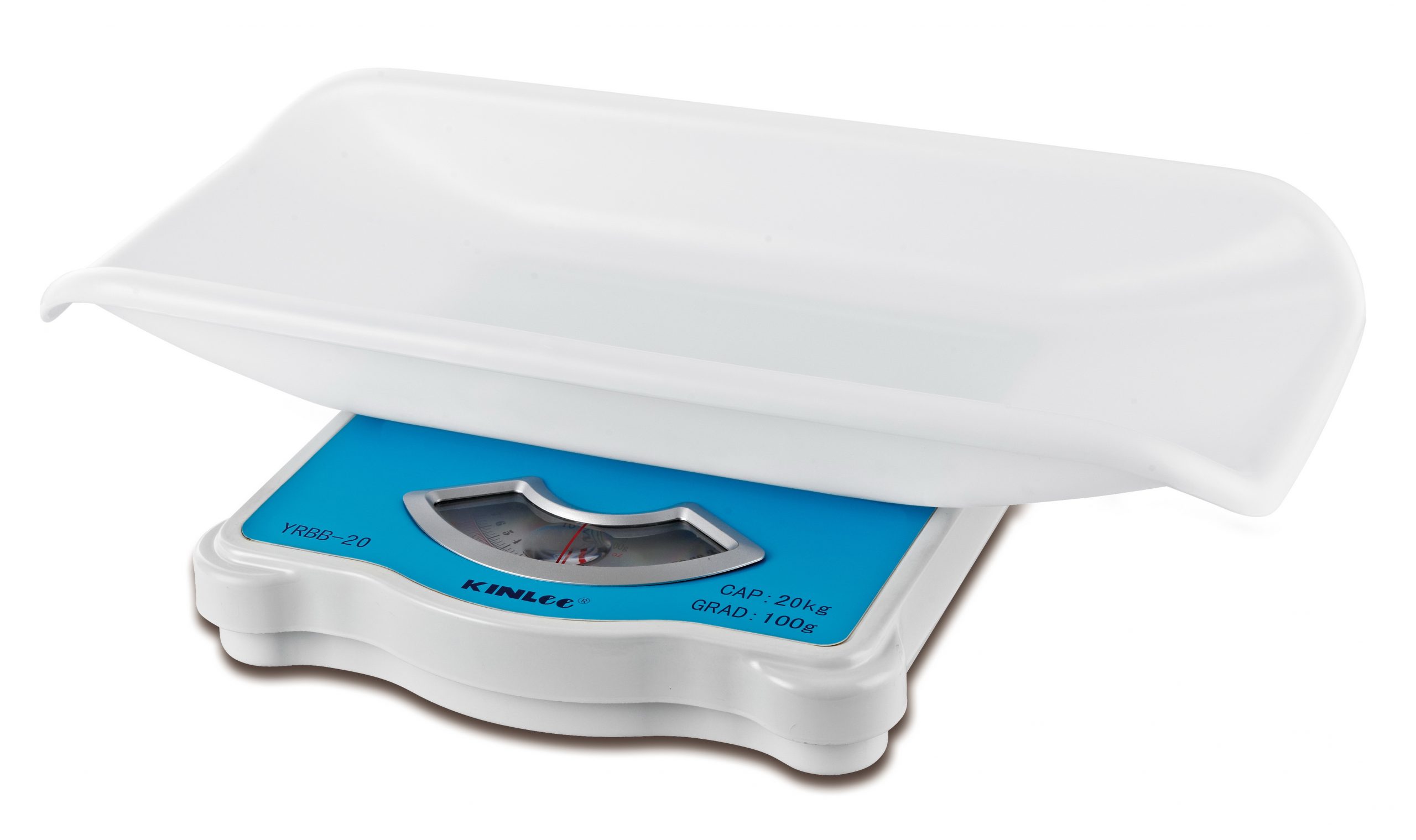
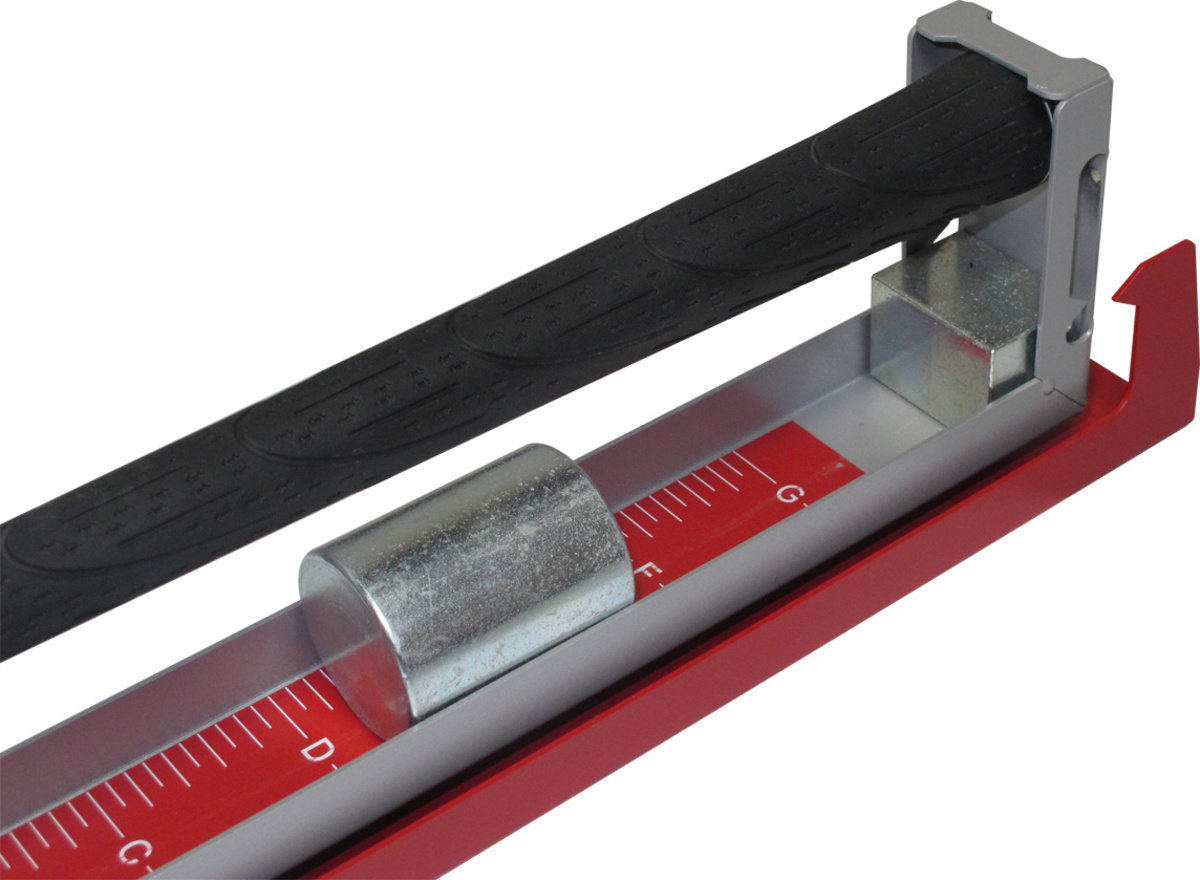
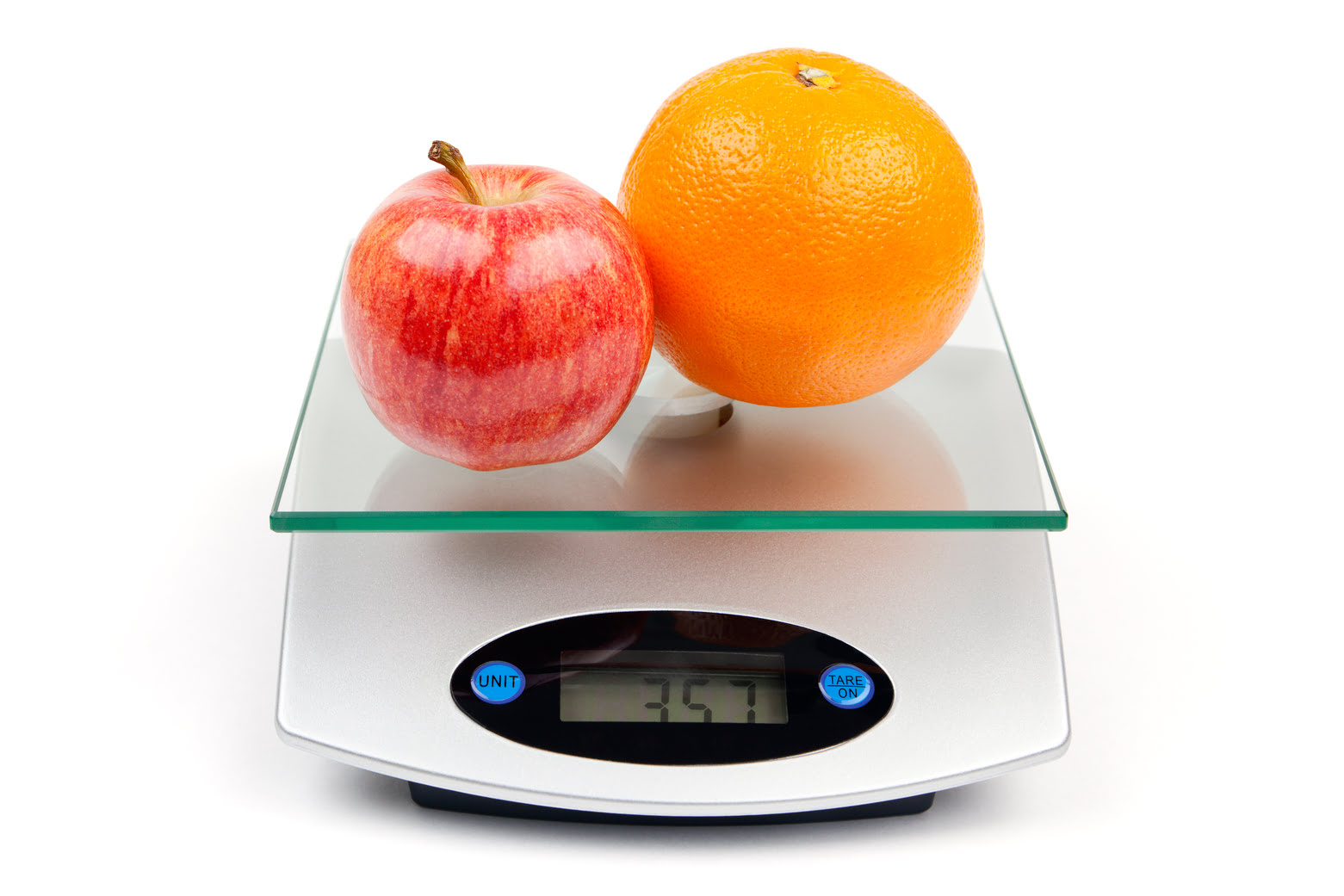
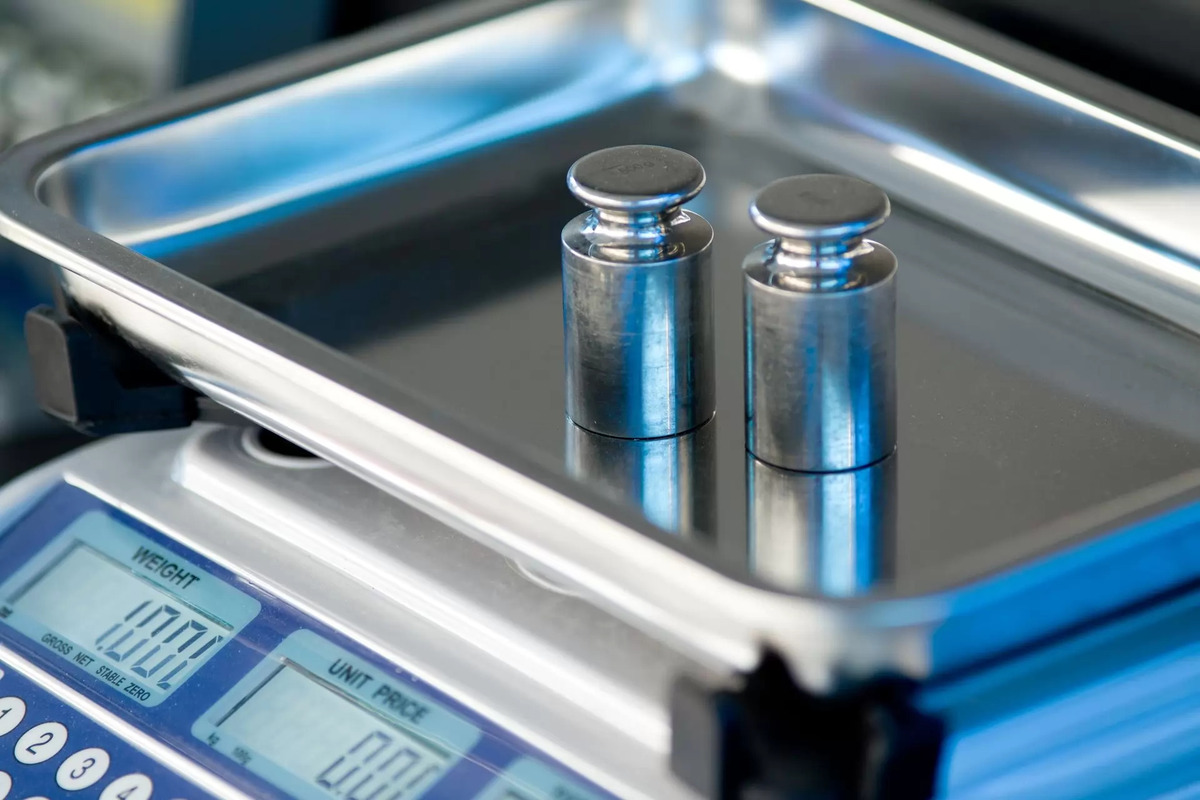


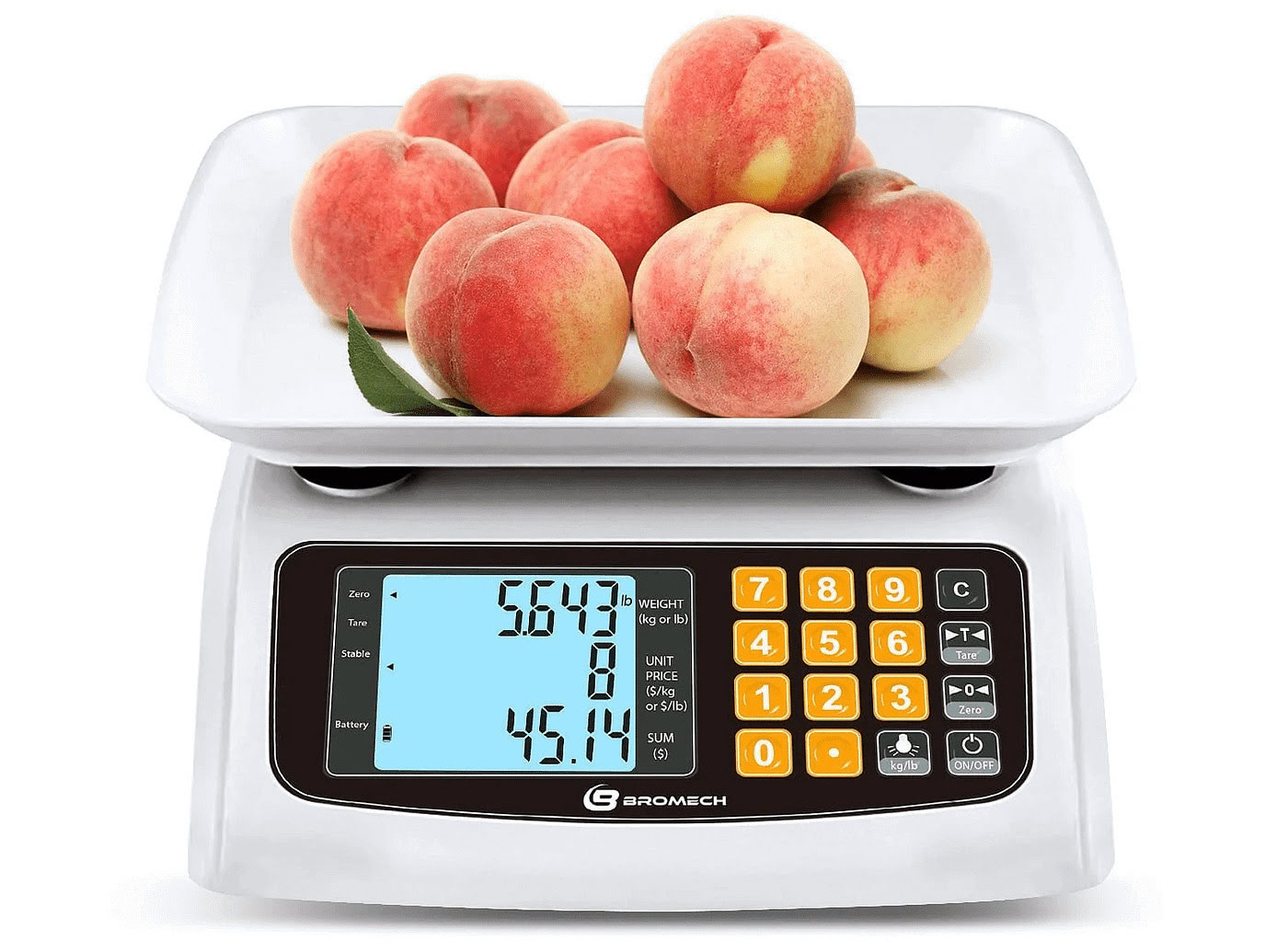
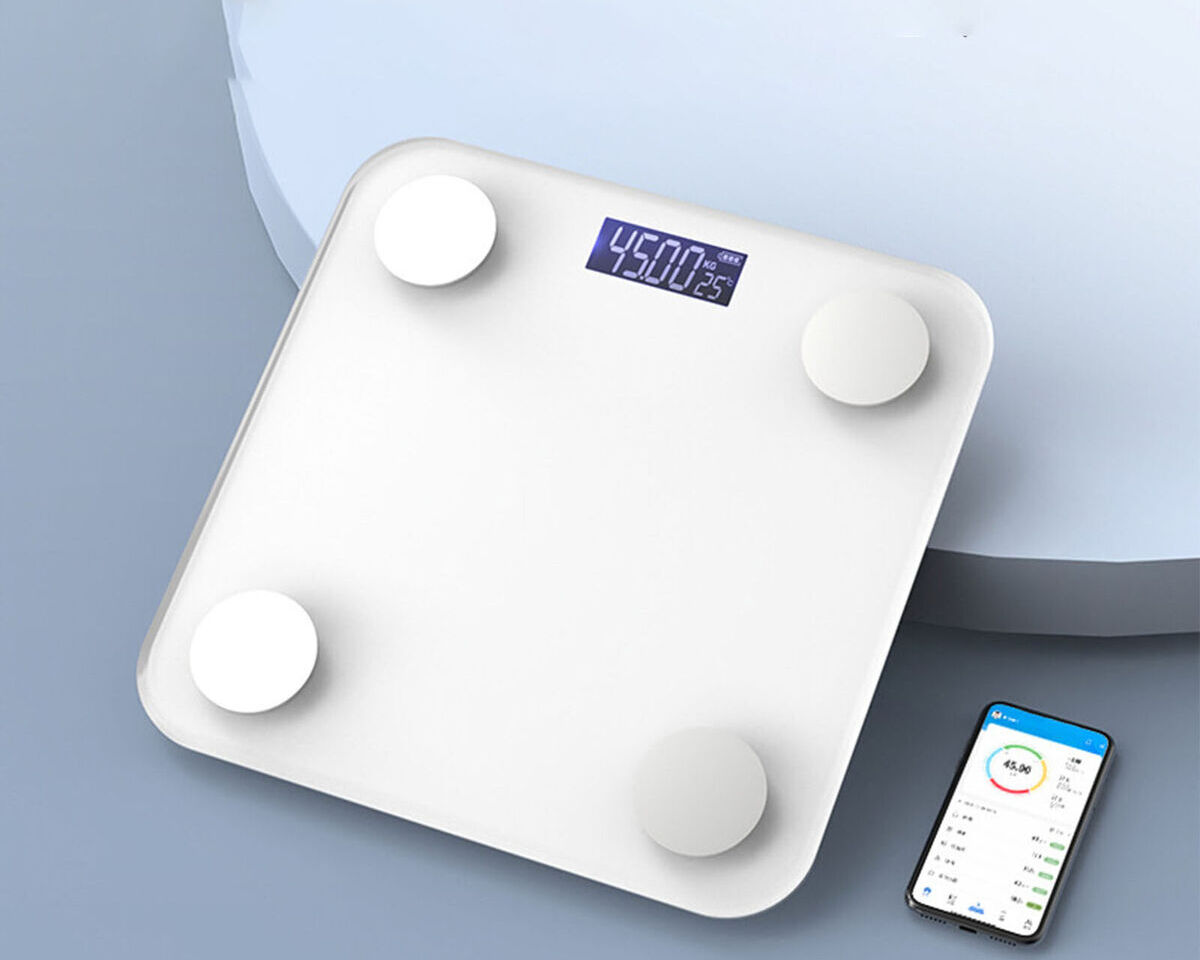
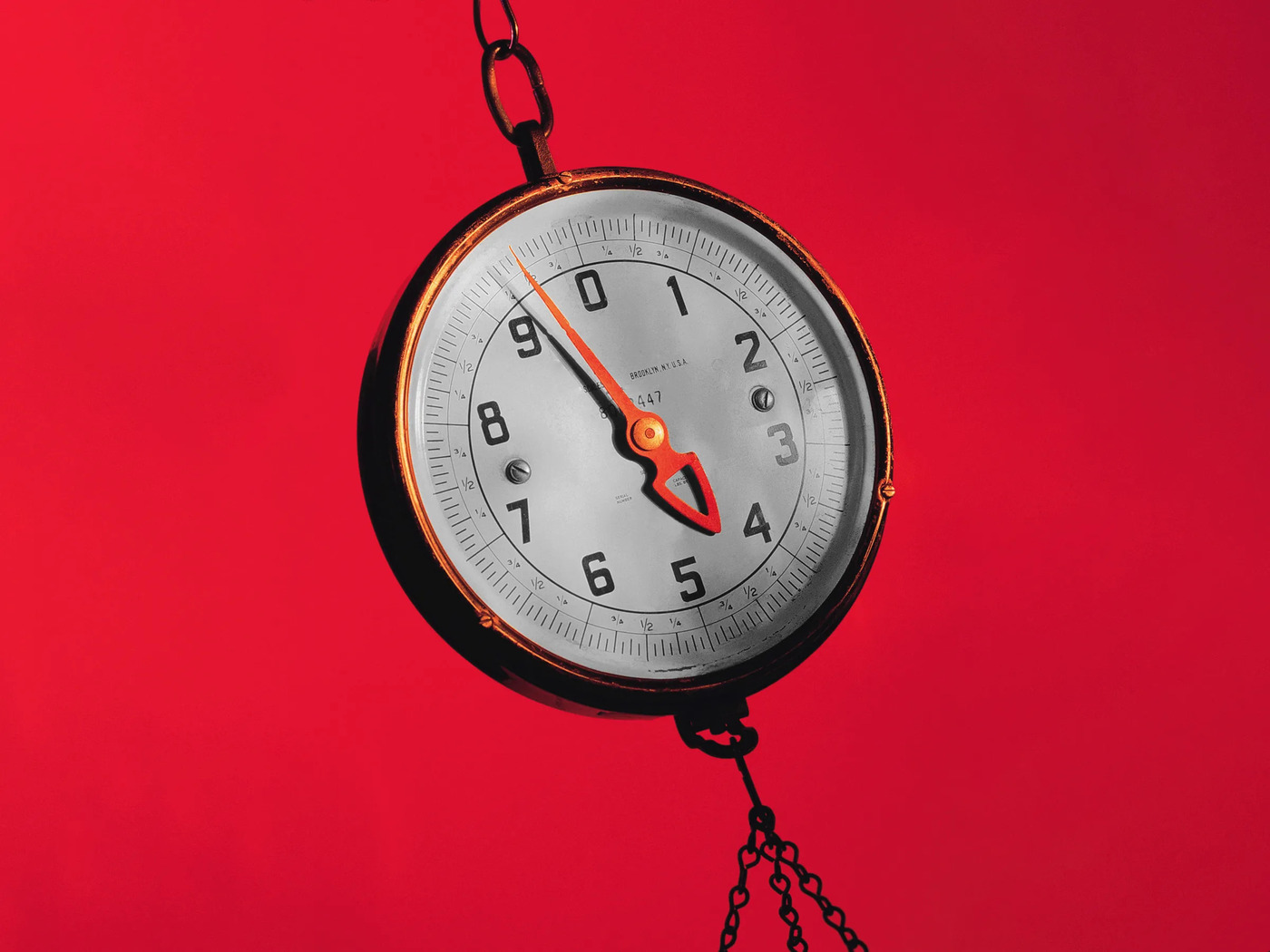
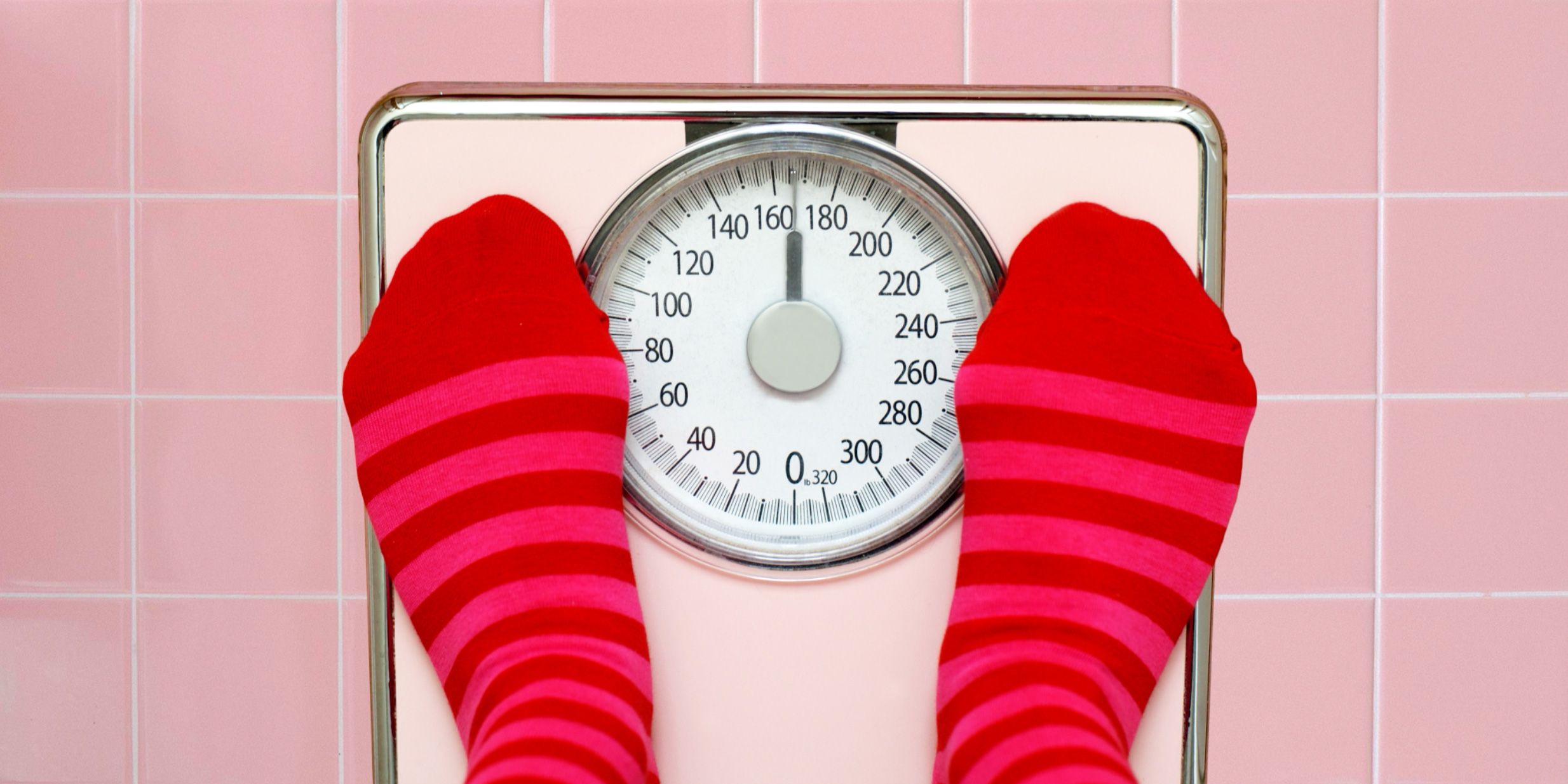
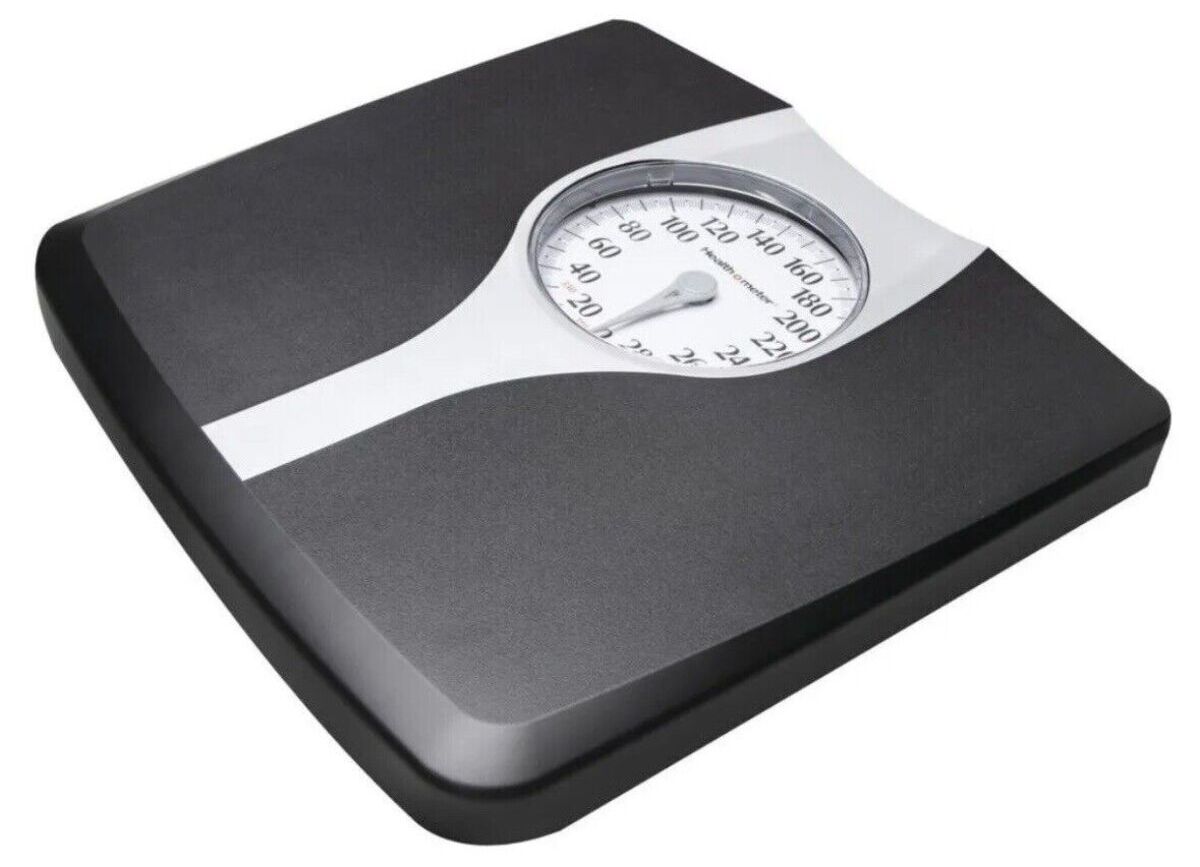
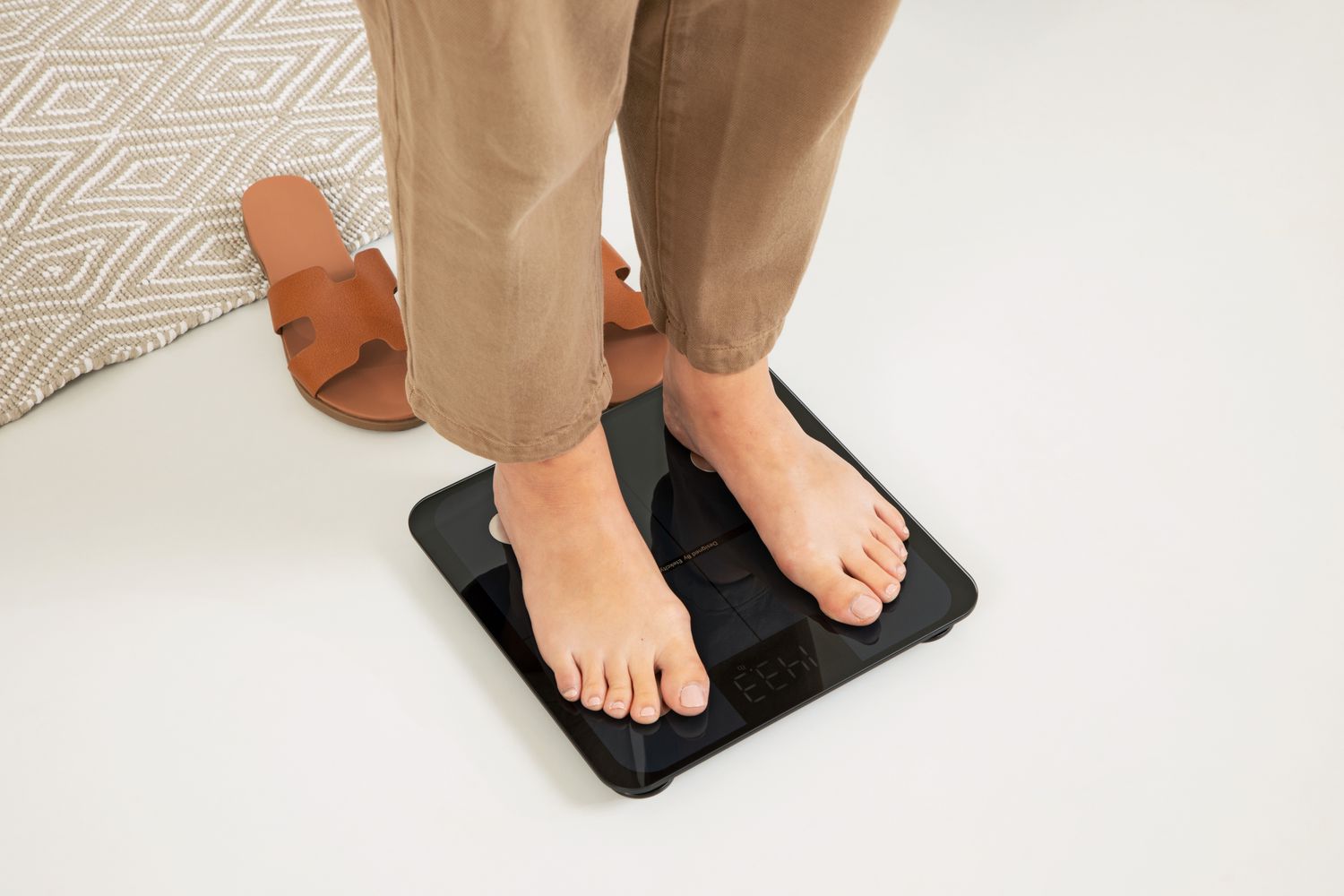



0 thoughts on “How To Use A Sliding Weight Scale”